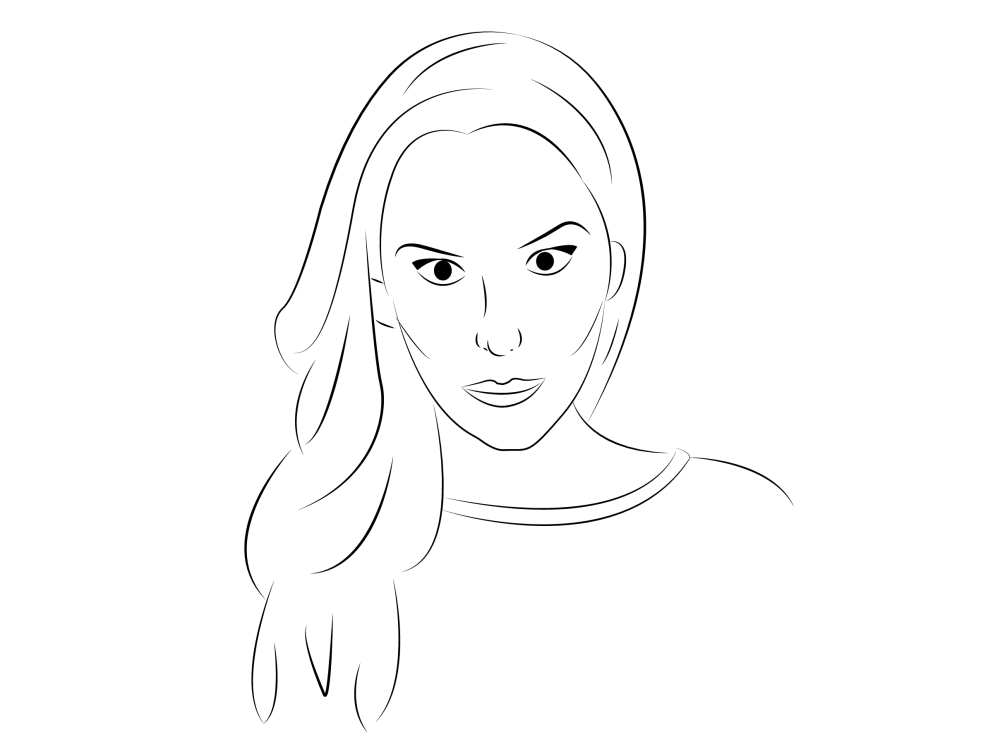In 1558 the Spanish bishop Diego de Landa, travelled to Maní, in order to create an inquisition-dependent religious tribunal. After torturing and interrogating the natives; the tribunal under the directions of Landa, dictated an Auto de Fe, imposing the burning of more than five thousand idols and sacred objects, including the Maya Codices a number of folding books of signs and hieroglyphs made by the Mayas painters and scriveners .
Almost four centuries later, in the XX century the avant-garde artists found a deeper enemy in the Nazi regime and Hitler himself, who considered the innovative art to be a Entartete Kunst – or Degenerate Art in English.- The artists producing such art were subjected to sanctions, which included, being dismissed from teaching positions, being forbidden to exhibit their work, and even being forbidden to create it. Few regimes have used art in such a utilitarian and doctrinarian way, in terms of propaganda, as the Nazi regime did.
More than 70 years later, The Victoria and Albert Museum in London published the only existent list of the Nazi degenerate art. More than 16.000 works of art are noted in alphabetical order. Among the names of degenerate artists, one can find Paul Klee, Pablo Picasso, Gustave Courbet, Edwin Scharff, among others.
Destruction and censorship have always existed as mechanisms of memory control; as an act of radical transformation of ideological principles in the name of a new social, political, ideological- and in the case of the inquisition, religious – order.
In his book Aesthetic Theory (2004), Theodor Adorno notes down:
“art becomes social by its opposition to society, and it occupies this position only as autonomous art. By crystallizing in itself as something unique to itself, rather than complying with existing social norms and qualifying as “socially useful,” it criticizes society by merely existing.”
For Adorno, art’s critical function derives from its lack of purpose, its “usefulessness”. To him real art would resist any social, political, religious or ideological use, and it will become independent from it. In his view, the critical impact of art stems from its self-governance; the truth-content of art is in art itself; naturally the self-consciousness of art is undeniable and it derives directly from the faculty it possesses to be autonomous. In this sense, Adorno separates himself from the idealist aesthetics, where the content of art depends on the perception of the subject. For Adorno the perception of the subject does not affect the art as an object per se “[Art] does not allow itself to be managed” by any outside forces.
True art will always reveal the truth, because of its inherent opposition to society. In his dissertation Ephemeral moments: Facing the instant in literature and film (forthcoming, University of Amsterdam) Adam Chambers notes:
“The most critical art, is art that rejects society, – because in doing so, it represents the greatest kind of freedom; a form of freedom that politics will never be able to control. In this sense, art would exercise it’s critical function by merely existing.”
In his theoretical work A Short Organum for the Theatre, Bertolt Brecht wrote: “For art to be ‘un-political’ means only to ally itself with the ruling group.” In this regard, in the midst of a totalitarian, tyrannical or absolute regime, what Adorno called “the usefulessness of art” instead of autonomy, could actually turn out to mean an un-political art that allies itself with the regime.
Anna Akhmatova is one of the most acclaimed writers in the Russian literature; but to the Soviet regime she was a menace who had to be exterminated. She was brilliant, she was a poet and eve worst: she was a woman. The authoritarian regime forbid her poems, she was accused of treachery and deported; it is said that during her stay in one of the soviet Gulags she asked eleven friends to learn by memory the poems of her most celebrated book of poems: Requiem. She burned all her book of poems to prevent her son from being executed by the USSR, but she never stopped writing and always found a way to save her work. In spite of all these dreadful events, nowadays we are able to enjoy and experiment the emotions of reading Akhmatova’s works.
In reality it is not about art maintaining a political position or not; it is about art preserving its own freedom. Even though art requires a certain detachment, a certain measure of “usefulessness” toward society in order for its truth-content to be critical; and even though that, as Chambers put it, true art will always reveal the truth, and will also survive any political, social or ideological use; it is certain that before totalitarian regimes and authoritarian dictatorships, art cannot be neutral; because the mere existence of those political regimes produces the political role of art; this is undeniable, since in such regimes the autonomy of art is impossible unless the art rebels against them.
Certainly the idea of a total “usefulessness”, meaning, an art that does not comply with the social, parameters and that cannot be qualified as “useful art”, is accepted, even welcoming in democratic systems; but in an oppressive system, art would be put in a political role; its political use would be imposed either in pro of the ruling regime or against it. And if still in doubt just recall how in the Soviet Union, the socialist realism was imposed as the official aesthetic trend, as a teleologically-oriented art, aiming at the furtherance of the goals of communism.
It is true, art is a force that politics cannot control and true art will survive even the most terrible regimes of all. Nonetheless, when confronted to those regimes art must rebel against them and that is how the sole existing of art would become a critical exercise against its oppressors.


